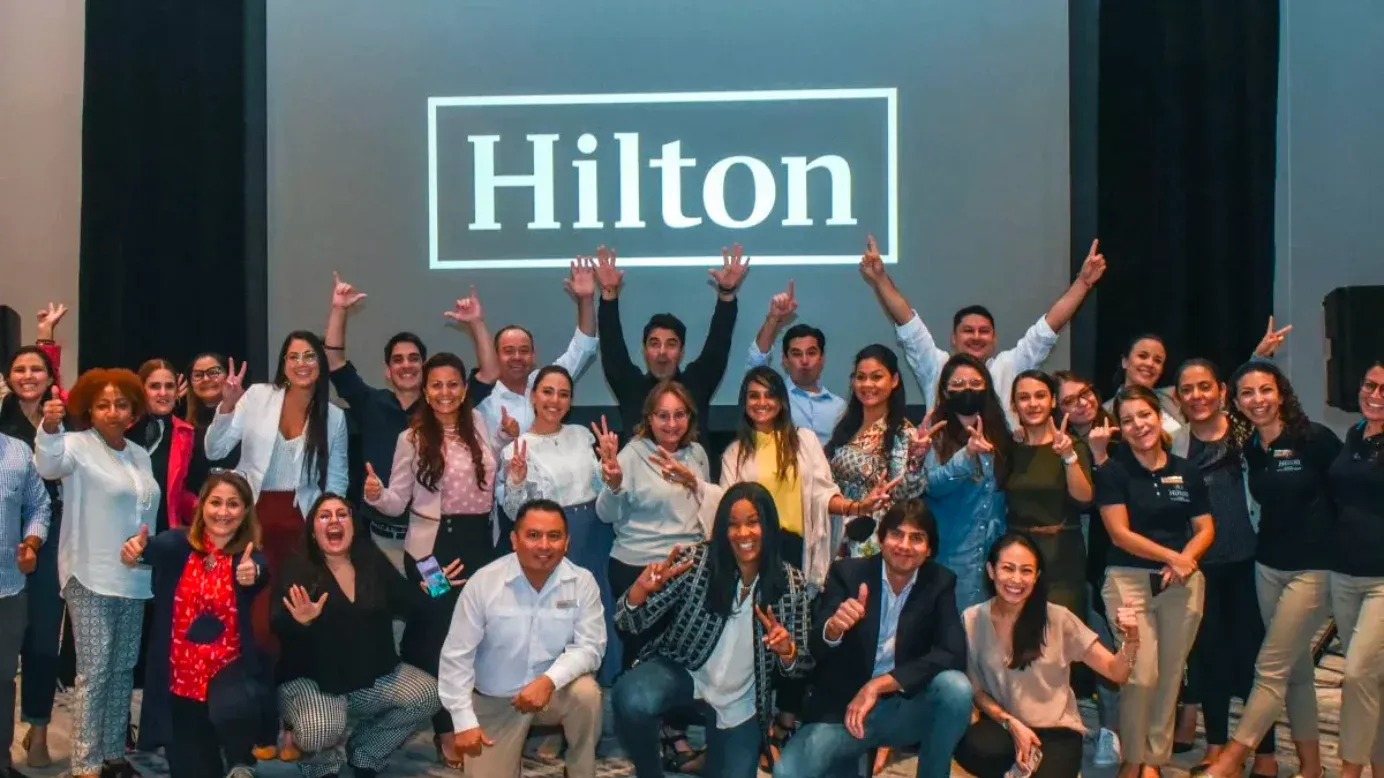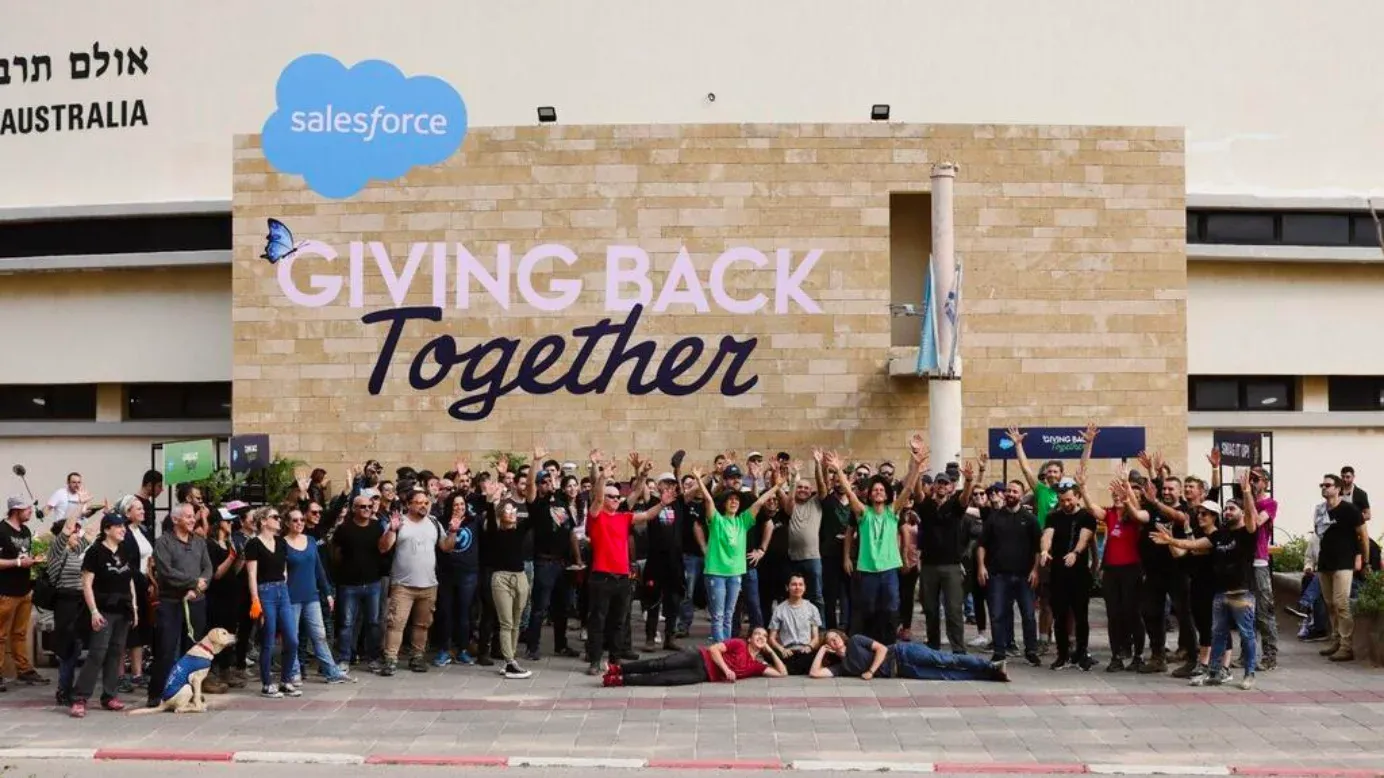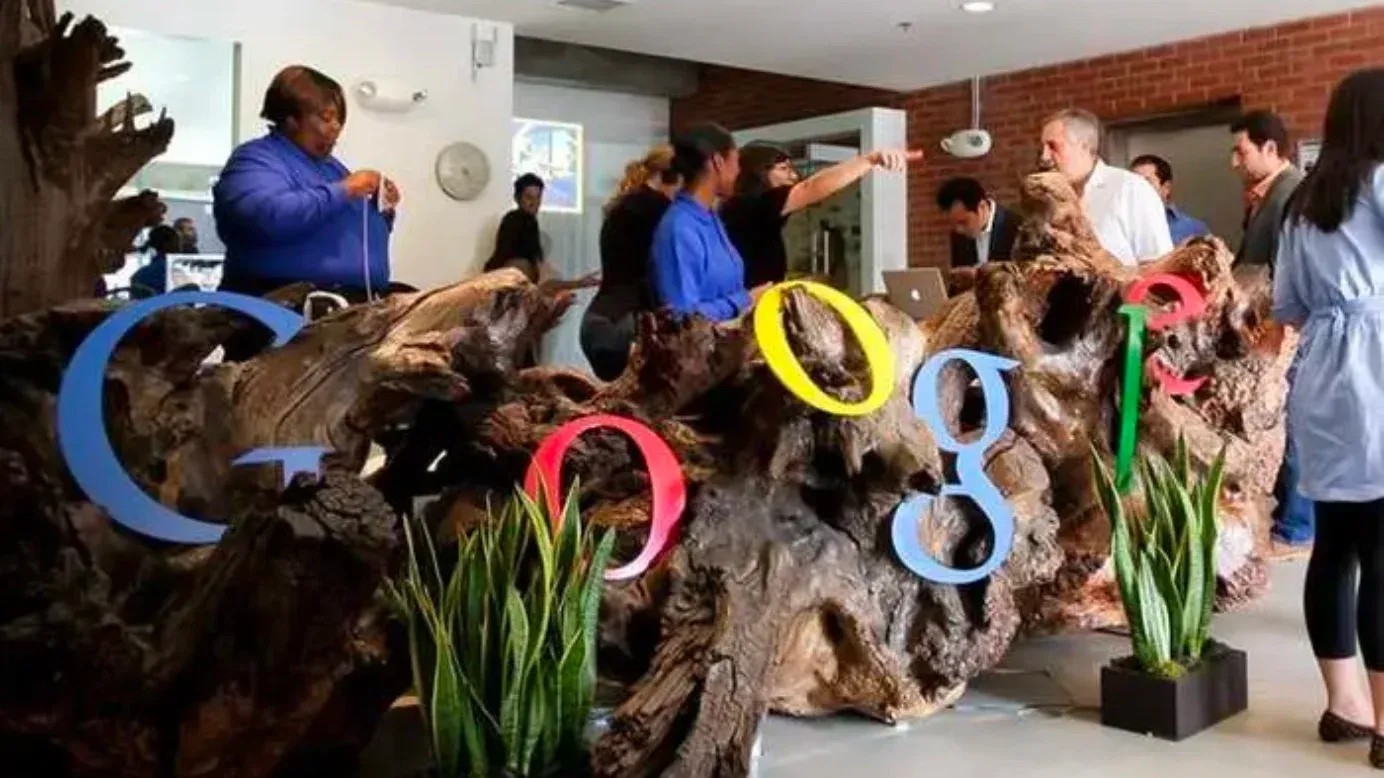Table of Contents
In the ever-evolving landscape of the professional world, the pulse of employee engagement in the United States has experienced a noteworthy shift. After years of an upward trajectory, a sudden downturn emerged, marking the first annual decline in a decade.
This decline in engagement has given rise to a pressing concern for organizations, especially as the ratio of engaged to actively disengaged workers reaches its lowest point in almost a decade.
As businesses grapple with this unsettling trend, a parallel challenge arises: the struggle to retain talent.
A study involving over 600 U.S. businesses with 50-500 employees revealed that an overwhelming 63.3% find retaining employees more challenging than the initial recruitment process. In the wake of this predicament, over a third of the workforce is actively or casually seeking new job opportunities, culminating in a staggering $2.9 million per day spent by U.S. employers in their pursuit of replacement workers—amounting to a staggering $1.1 billion annually.
In the face of these challenges, the critical question arises: What does it take to retain top talent and rekindle the flame of employee engagement?
The answer lies not in merely fostering employee happiness or satisfaction but in the deliberate cultivation of a robust employee engagement planning. In this blog, we delve into the intricacies of developing an effective action plan to reignite workplace engagement.
Let's uncover the key components of a successful employee engagement action plan and how to imlement it.
Importance of employee engagement in the workplace
Employee engagement is not merely a buzzword; it is a key driver of organizational success. Engaged employees are more likely to be motivated, enthusiastic, and aligned with the company's goals.
This alignment translates into tangible benefits, such as increased productivity, improved customer satisfaction, and a positive impact on the bottom line. Moreover, engaged employees act as ambassadors for the organization. They are more likely to speak positively about their workplace, contributing to a positive employer brand and attracting top talent.
What is an employee engagement action plan?
An employee engagement action plan is a roadmap for organizations to enhance and sustain engagement levels systematically. It involves a holistic approach that addresses various facets of the employee experience, from communication and recognition to professional development and work-life balance.
Who is responsible for employee engagement action planning?
The responsibility for employee engagement action planning typically falls on a collaborative effort involving multiple stakeholders within an organization. While the specific structure and roles may vary from one organization to another, the following key players are often involved
1. Leadership/management team
Top-level executives, senior leaders, and managers play a crucial role in driving employee engagement. They set the tone for the organization's culture and are responsible for creating an environment that fosters engagement.
2. Human resources (HR) department
HR professionals often take a lead role in managing and facilitating employee engagement initiatives. They may conduct surveys, analyze data, and work with other departments to develop action plans based on feedback.
3. Managers and supervisors
Frontline managers and supervisors have direct contact with employees. They play a critical role in understanding individual and team dynamics, providing feedback, and implementing strategies to improve engagement at the team level.
4. Employee engagement teams or committees
Some organizations establish specific teams or committees dedicated to employee engagement. These groups may include representatives from different departments and levels of the organization.
5. Employees
Employee engagement is a two-way street, and employees themselves have a role in the action planning process. Their input, feedback, and involvement in the planning and implementation of initiatives are essential for success.
6. Internal communication teams
Effective communication is crucial for successful engagement initiatives. Internal communication teams are responsible for ensuring that information about engagement efforts is communicated clearly and reaches all employees.
7. Training and development teams
If skill development and training are identified as areas for improvement in engagement surveys, the training and development teams may be involved in crafting and implementing relevant programs.
8. Diversity and inclusion teams
In organizations that prioritize diversity and inclusion, these teams may be involved in ensuring that engagement initiatives are inclusive and address the needs of a diverse workforce.
The collaborative effort of these stakeholders helps ensure a holistic approach to employee engagement action planning, considering various perspectives and addressing the unique challenges and strengths within the organization. The specific roles and responsibilities may be outlined in an organization's overall strategic plan or HR policies.
How to create an employee engagement action plan
Creating an effective employee engagement action plan involves careful consideration of various factors. Here's a detailed guide on how to do it effectively:
Step 1: Assess current engagement levels
Before developing an action plan, it's crucial to understand the current state of employee engagement within your organization. Utilize surveys, feedback sessions, and performance reviews to gather insights. Identify areas where engagement is high and areas that require improvement. This data will serve as the foundation for your action plan.
Step 2: Conduct a comprehensive employee engagement assessment
Start by gathering data through surveys, interviews, or focus groups to assess the current state of employee engagement. Ask questions that cover various aspects such as job satisfaction, communication, recognition, professional development, and work-life balance. Analyze the collected data to identify patterns and areas of improvement.
Step 3: Identify key engagement drivers
Analyze the assessment results to identify key factors influencing employee engagement. These drivers could include effective communication, opportunities for career growth, recognition, and a positive work environment. Prioritize these drivers based on their impact on overall engagement and the organization's strategic goals.
Step 4: Set clear objectives and goals
Define specific and measurable objectives based on the identified drivers. For example, if communication is a key driver, a goal could be to enhance communication channels and practices within the organization. Ensure that your goals align with the overall mission and values of the company.
Step 5: Develop actionable strategies and initiatives
Create targeted strategies and initiatives to address each identified driver. For instance, if professional development is a priority, consider implementing mentorship programs, training sessions, or career planning resources. Ensure that these strategies are practical, realistic, and aligned with the organization's resources.
Step 6: Involve employees in the process
Foster a sense of ownership and engagement by involving employees in the development and implementation of the action plan. Seek input through feedback sessions, focus groups, or suggestion boxes. This inclusivity not only improves the quality of the action plan but also boosts morale and commitment among employees.
Step 7: Establish monitoring and evaluation mechanisms
Implement a system to monitor the progress of the action plan. Define key performance indicators (kpis) that align with your objectives and regularly track them. Establish checkpoints for evaluation to assess the effectiveness of implemented strategies. Use feedback from employees and performance metrics to make informed adjustments and improvements.
Companies with successful employee engagement plans
Many companies around the world have implemented successful employee engagement plans to foster a positive work environment and enhance productivity. Here are a few examples:
1. Hilton

Hilton, ranked as the #1 company on the List of 100 Best Companies to Work For, has implemented a groundbreaking Senior Leadership Business Immersion program aimed at bridging the gap between senior leaders and staff and improve engagement.
The program, described by Hilton's Chief Human Resources Officer Matthew Schuyler, involves senior leaders spending three days working in various hotel departments, gaining firsthand experience in tasks like housekeeping, food service, and engineering.
This immersive approach allows leaders to understand frontline challenges, fostering a sense of solidarity and significantly boosting staff morale.
The success of the program is evident in the experience of Hilton Senior Vice President Mike Gathright, who noted a positive impact on staff morale and specific learnings that influenced business decisions and process improvements.
The success of the Senior Leadership Business Immersion program led to the launch of a Virtual Reality Business Immersion Program, extending the experience to corporate teams globally.
This virtual reality initiative, embedded in corporate onboarding, provides simulated immersive experiences in different hotel departments, enhancing understanding and connection between leaders and staff.
Hilton's commitment to this immersive approach reflects a genuine effort to not just talk about understanding employees but to actively walk the walk, creating a positive ripple effect throughout the organization.
2. Salesforce

Salesforce, ranked #2 on the List of 100 Best Companies to Work For, prioritizes and sustains high levels of employee engagement through unique and innovative perks and benefits. Ana Recio, EVP of Global Recruiting at Salesforce, emphasizes their focus on key differentiators that attract and retain today's connected employees.
Notable offerings include 56 hours of paid volunteer time, a generous matching policy for charitable donations, opportunities to join Equality Groups, and a Wellness Reimbursement Program providing $100 monthly for personal well-being activities.
Salesforce is committed to causes such as Equal Pay and workforce development, fostering a culture that aligns with the intentional vision of its founders. The emphasis on employee well-being extends to dedicated mindfulness zones in the workplace, Camp Pono for holistic wellness resources, and a Wellness Reimbursement Program. The company's deliberate approach to creating a worker-friendly culture directly influences employee engagement and motivation.
3. Google

Google, a leading technology company, excels in managing an empowered and productive workforce by prioritizing employee well-being and professional growth. The company's success in creating a positive workplace culture is attributed to several key strategies:
Google implements the 80/20 rule, allowing employees to take control of their learning paths and fostering engagement. The "Innovation Time-Out Policy" grants employees up to 20% of their time to learn new skills or pursue inspiring activities.
Beyond competitive salaries, Google provides additional perks, including hybrid car subsidies, free dental and health checkups, on-site physicians, and unique benefits like death benefits to deceased parents. The introduction of the pioneering employee stock option plan in 2006 further enhances employee appreciation.
Google emphasizes the importance of vertical communication within the organization, leading to innovations such as Gmail, AdSense, and Google News. The use of FixIts by senior leadership facilitates communication with teams and solicits solutions to problems every 24 hours.
4. Mastercard

Mastercard, a global financial services company with over 100,000 employees worldwide, has successfully implemented robust employee engagement and wellness programs. Recognizing the challenges of maintaining engagement across diverse locations and roles, Mastercard has built its culture around workforce agility, emphasizing the importance of an empowered and innovative talent pool.
The company's employee engagement strategy revolves around creating a dynamic learning environment. Mastercard prioritizes employee development, providing resources and support for acquiring new industry-relevant skills. The use of development cards helps employees outline clear career paths for their success.
Mastercard's talent management program is forward-looking, ensuring that employees remain future-ready in the rapidly evolving digital economy. The company utilizes its AI garage to assess the skills required by its workforce, subsequently implementing reskilling and upskilling initiatives to keep employees equipped with relevant capabilities.
Recognizing the significance of work-life balance, Mastercard offers holistic perks to support the well-being of its employees and their families. The company's policy revolves around the idea that well-being contributes to living well both personally and professionally. Mastercard goes beyond traditional benefits by providing programs such as new parent leave and financial support for adoption and childbirth.
Simplify your employee engagement action planning with Empuls
Empuls is an all-in-one employee engagement platform designed to revolutionize and streamline your workforce's engagement initiatives. With its comprehensive suite of tools and features, Empuls empowers organizations to effortlessly navigate the complexities of employee engagement, fostering a culture of collaboration, motivation, and productivity.
Empuls transcends traditional approaches by offering a seamless and intuitive interface for creating, implementing, and monitoring engagement action plans. The platform's robust analytics provide real-time insights into employee sentiment, allowing for informed decision-making and targeted interventions. Whether it's recognition programs, surveys, or communication channels, Empuls consolidates all engagement efforts into a unified dashboard, promoting transparency and efficiency.
This innovative platform promotes a proactive approach to employee engagement, enabling organizations to identify areas for improvement and implement tailored strategies.
With Empuls, companies can easily customize engagement initiatives, ensuring they resonate with diverse teams and align with organizational goals. By simplifying the employee engagement action planning process, Empuls empowers businesses to cultivate a thriving workplace culture where employees feel valued, connected, and motivated to contribute their best, ultimately driving success and growth.
Conclusion
Creating an effective employee engagement action plan is a dynamic and iterative process. By assessing current engagement levels, setting clear objectives, involving employees in the process, and fostering a positive work environment, organizations can cultivate a culture of engagement that contributes to both employee satisfaction and overall business success. Remember, an engaged workforce is a key driver of productivity, innovation, and long-term success.



